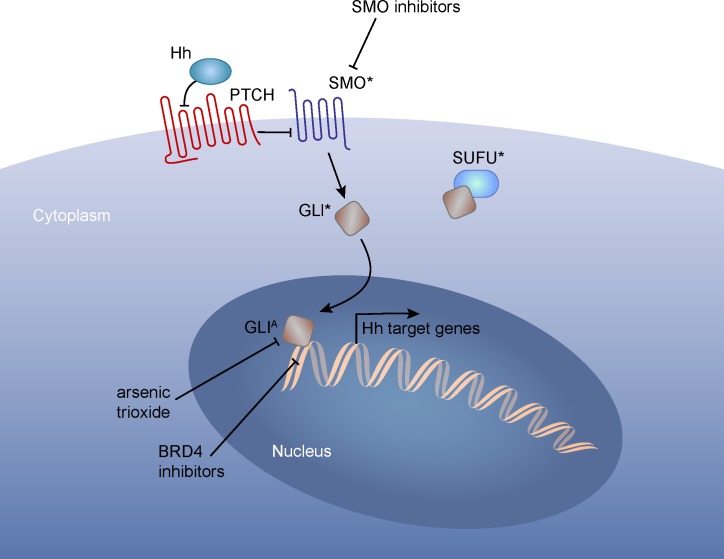Figure 2. An example of different therapy resistance mechanisms to a targeted therapy.
Binding of SHH to its receptor, PTCH, results in release of SMO from PTCH inhibition. Therefore inactivation of mutations in Ptch or activating mutation of Smo results in elevated SHH signaling. Smoothen inhibitor-resistant SHH-driven tumors can acquire mutations at multiple levels: mutations within SMO, preventing drug binding; inactivating mutations in SUFU, a negative regulator of GLI nuclear localization; mutation or amplification of GLI transcription factors. Inhibitors that block GLI function, such as arsenic trioxide and BRD4 inhibitor (JQ1),has been shown to reduce proliferation of SMOi-resistant tumors (Tang et al., 2014) although new generation of BRD4 inhibitors may be necessary to prevent potential memory loss associated with JQ1 treatment (Korb et al., 2015). *:mutations, A: amplifications.

